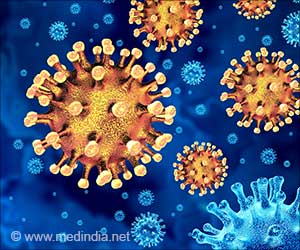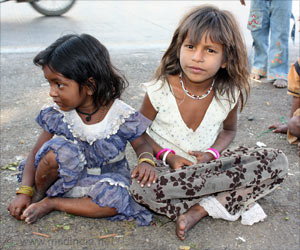India's major challenges revolve around urban and rural divide, disparities among people towards access to healthcare and also underfunded healthcare systems.

‘Speeding and distracted parent drivers top list of concerns; a third of parents say those who don’t follow rules should be banned from school parking area.’





However, India has made significant progress in several parameters and most importantly in population control measures in recent times. The Total Fertility Rate (TFR), an average number of children per woman, has declined from 2.2 to 2 at the national level.
India’s Healthcare System
As per the National Family Health Survey-5, there are only five states in India - Bihar (2.98), Meghalaya (2.91), Uttar Pradesh (2.35), Jharkhand (2.26) Manipur (2.17) - which have above replacement level of fertility of 2.1.Uma Kumar, professor and head of the department of Rheumatology at the All India Institute of Medical Sciences, said that today’s healthcare indicators are clear testimony that we have achieved significantly on all the parameters in the last 75 years.
But, she continued, with changing lifestyle, rising urbanization and increased life expectancy, the disease scenario of the nation has rapidly changed.
"The prevalence of non-communicable diseases is rising among. However, we have controlled infections like polio, leprosy and others to a great extent," Kumar told IANS.
Talking about the non-communicable diseases like heart attack, hypertension, diabetes and autoimmune diseases, she said there is a need to do significant work in these fields.
Advertisement
In the National Family Health Survey 5 (NFHS-5), conducted in around 6.37 lakh sample households from 707 districts across 28 states and eight UTs covering 7,24,115 women and 1,01,839 men, an overall improvement was found in Sustainable Development Goals (SDGs) in all states/UTs.
Advertisement
Talking about the rural-urban divide from the healthcare perspective in the post-Independence era, Tarun Kumar, professor of cardiology at RML Hospital, said that early days were encountered with health problems related to infections and environmental diseases, but the situation has now changed.
As development starts picking pace, villages start shrinking, transport systems advance, shops for essential commodities get replaced by malls, and accordingly, the spectrum of diseases also see a paradigm shift, Kumar said.
As incidence of vector-borne diseases started declining, there was a sharp increase in lifestyle diseases, he said.
"With time, there has been an increase in hypertension, diabetes mellitus, obesity and heart diseases. There is a need to focus on the lifestyle diseases now, because with rising urbanisation, more and more people are becoming victims of such diseases," Kumar said.
India has also recorded a substantial increase in institutional births from 79 per cent to 89 per cent. Even in rural areas, around 87 per cent births are delivered in institutions and the same is 94 per cent in the urban areas.
Archna Dhawan Bajaj, fertility expert, said that women used to die during pregnancy because of hypertension disorder in the absence of proper medical infrastructure.
There is a huge urban-rural divide in the country, and the urban women have more access to the health resources when compared to their rural counterparts, she added.
In the post-Independence era, increasing the lower age of marriage has also helped in improving women’s health.
"The easy accessibility to medical resources due to the digitization of the healthcare ecosystem has also contributed towards reducing the mortality rate. But, cancer among women like breast cancer, ovarian cancer, cervical cancer and other forms are still most common where the government needs to work," Bajaj said.
Source-IANS









